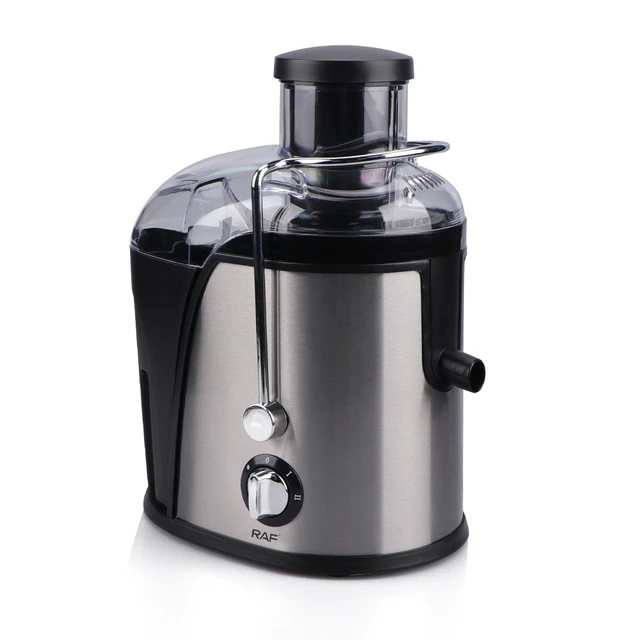Introduction:
The traditional approach to kitchen design has often emphasized matching kitchen appliances to create a cohesive and uniform look. However, in recent years, there has been a shift towards more eclectic and personalized kitchen designs. This has led to the question of whether kitchen appliances have to match or if mixing and contrasting different appliance finishes and colors is acceptable. In this article, we will explore the concept of matching kitchen appliances, the benefits of mixing finishes, the role of personal style, design trends, and practical considerations. By understanding these factors, you can make an informed decision on whether your kitchen appliances should match or not.
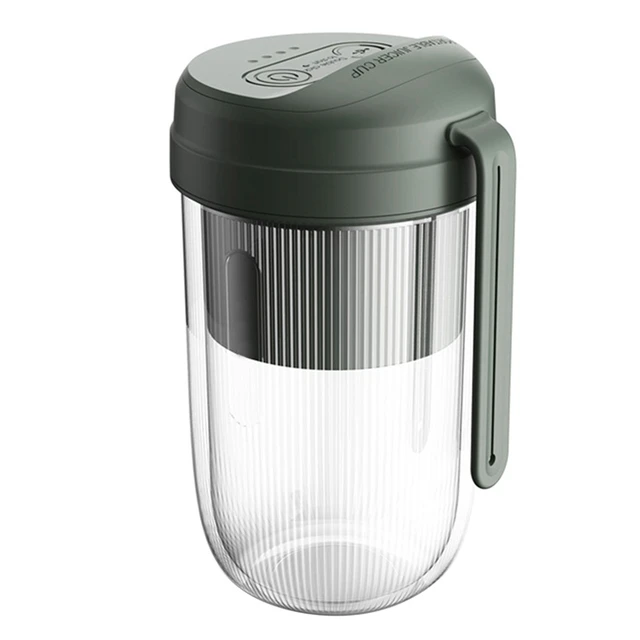
Do kitchen appliances have to match?
Traditional Perspective on Matching Appliances:
a. Cohesive Look: Matching appliances create a cohesive and harmonious aesthetic in the kitchen. It gives the space a clean and unified appearance, where all the appliances blend seamlessly with one another.
b. Timeless Appeal: A matching set of appliances can give a timeless and classic look to the kitchen. It is a design choice that has stood the test of time and appeals to those who prefer a more traditional and consistent style.
c. Simplicity in Design: Matching appliances offer simplicity and ease in the design process. With a set of appliances in the same finish or color, there is no need to consider contrasting or coordinating elements, making the decision-making process simpler.
Benefits of Mixing Finishes:
a. Visual Interest and Contrast: Mixing different finishes or colors can add visual interest and create a focal point in the kitchen. For example, combining stainless steel appliances with a colorful range or a statement piece can make the appliances stand out and become a design feature.
b. Personalized Style: Mixing finishes allows for more personalization and expression of individual style. It allows homeowners to create a unique and customized kitchen that reflects their personality and design preferences.
c. Flexibility and Versatility: Mixing finishes gives you the flexibility to incorporate different design elements and experiment with various styles. It allows you to create a kitchen that is not limited to a single aesthetic but can be eclectic, modern, or even transitional.
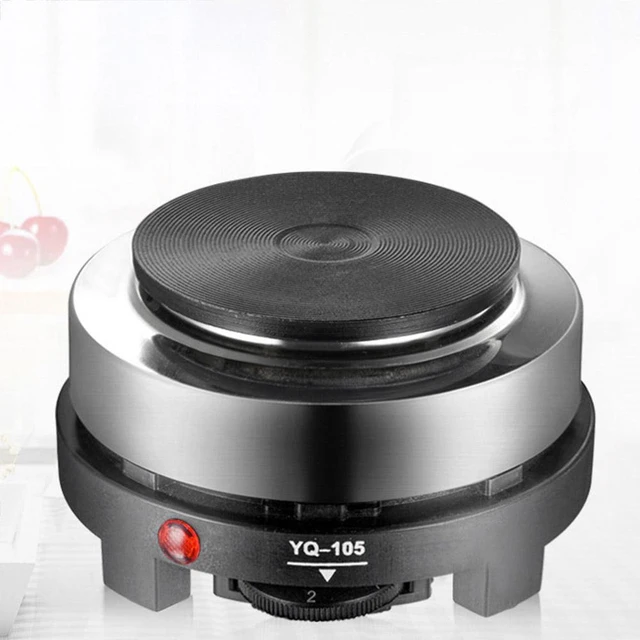
Design Trends and Contemporary Approaches:
a. Eclectic Aesthetics: Mixing appliances has become a popular design trend, particularly in eclectic and contemporary kitchens. It adds character and uniqueness to the space, breaking away from the traditional notion of matching appliances.
b. Industrial and Retro Styles: Mixing finishes is especially prominent in industrial and retro-inspired kitchen designs. These styles often embrace contrasting elements and incorporate vintage or repurposed appliances, creating a distinct and nostalgic look.
c. Statement Pieces: Incorporating a statement appliance, such as a vibrant-colored refrigerator or a sleek black range, can be a focal point in the kitchen. This approach is seen in many contemporary kitchens, where appliances are selected to make a bold and intentional design statement.
Practical Considerations:
a. Budget Constraints: Mixing finishes can be a cost-effective approach to kitchen design. Instead of investing in an entirely matching set of appliances, you can select a statement piece or mix and match existing appliances to create a unique look.
b. Maintenance and Cleaning: Different finishes require varying levels of maintenance and cleaning. Mixing finishes can allow you to choose appliances with finishes that are more practical for your lifestyle and easier to clean and maintain.
c. Integration with Existing Elements: Mixing finishes gives you the flexibility to integrate appliances with existing elements in your kitchen. For example, if you have a vintage-inspired kitchen, you can incorporate retro appliances that complement the overall aesthetic.

Personal Style and Expression:
a. Reflecting Individuality: Your kitchen should reflect your personal style and taste. Mixing appliance finishes allows you to create a kitchen that aligns with your unique personality and design preferences. It gives you the freedom to express yourself and create a space that truly feels like your own.
b. Breaking Design Rules: Mixing appliance finishes can be a way to break conventional design rules and create a more eclectic and artistic kitchen. It encourages creativity and allows you to think outside the box, resulting in a kitchen that is truly one-of-a-kind.
c. Reflecting Lifestyle and Functionality: Different appliance finishes may align better with your lifestyle and functionality needs. For example, if you have young children or pets, fingerprint-resistant finishes may be more practical to maintain a clean and polished look.
Coordinating with Other Design Elements:
a. Harmonizing with Cabinetry: When mixing appliance finishes, consider how they coordinate with your cabinetry. Ensure that the finishes complement each other and create a cohesive look. For example, stainless steel appliances can pair well with both light and dark cabinets, while black appliances may coordinate well with dark or richly colored cabinets.
b. Complementing Countertops and Backsplashes: Take into account the colors and materials used for your countertops and backsplashes when mixing appliance finishes. Aim for a harmonious composition where the finishes complement the surrounding design elements.
c. Considering Hardware and Fixtures: Pay attention to the hardware and fixtures in your kitchen, such as cabinet handles or faucet finishes. Ensure that the appliance finishes coordinate or contrast with these elements to maintain a cohesive and balanced design.
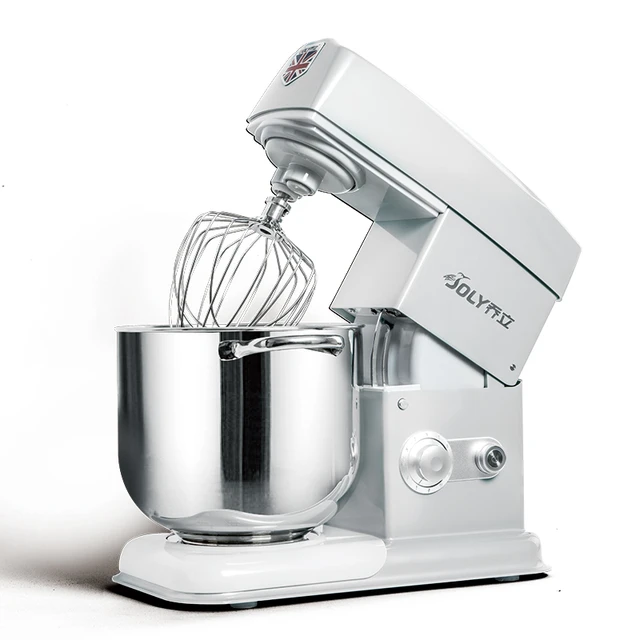
Functional Considerations:
a. Appliance Performance: While the aesthetics of the appliances are important, it is crucial to prioritize their performance and functionality. Regardless of whether the finishes match or not, ensure that the appliances meet your needs in terms of reliability, efficiency, and features.
b. Appliance Integration: Mixing finishes requires thoughtful integration of different appliance styles and colors. Consider how the appliances will visually blend with the overall kitchen design and ensure that they do not appear disjointed or out of place.
c. Longevity and Resale Value: Keep in mind the longevity and potential resale value of your kitchen when making decisions about mixing appliance finishes. While it is important to create a space that reflects your personal style, consider whether your choices will stand the test of time or if they may limit the appeal to future buyers.
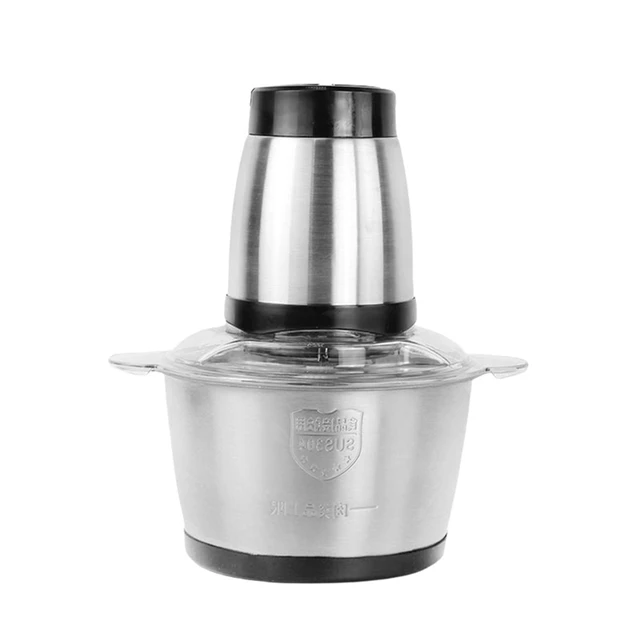
Conclusion:
The decision of whether kitchen appliances have to match ultimately depends on personal preference and the desired style of your kitchen. While matching appliances create a cohesive and timeless look, mixing finishes offers visual interest, personalization, and design flexibility. Consider the benefits of mixing finishes, such as adding contrast and creating a focal point, as well as the practical considerations of budget, maintenance, and integration with existing elements. Additionally, take into account design trends and contemporary approaches that embrace mixing finishes to create unique and personalized kitchen designs. By understanding these factors and considering your own design preferences, you can confidently decide whether your kitchen appliances should match or if mixing finishes is the right approach for your kitchen remodel.

